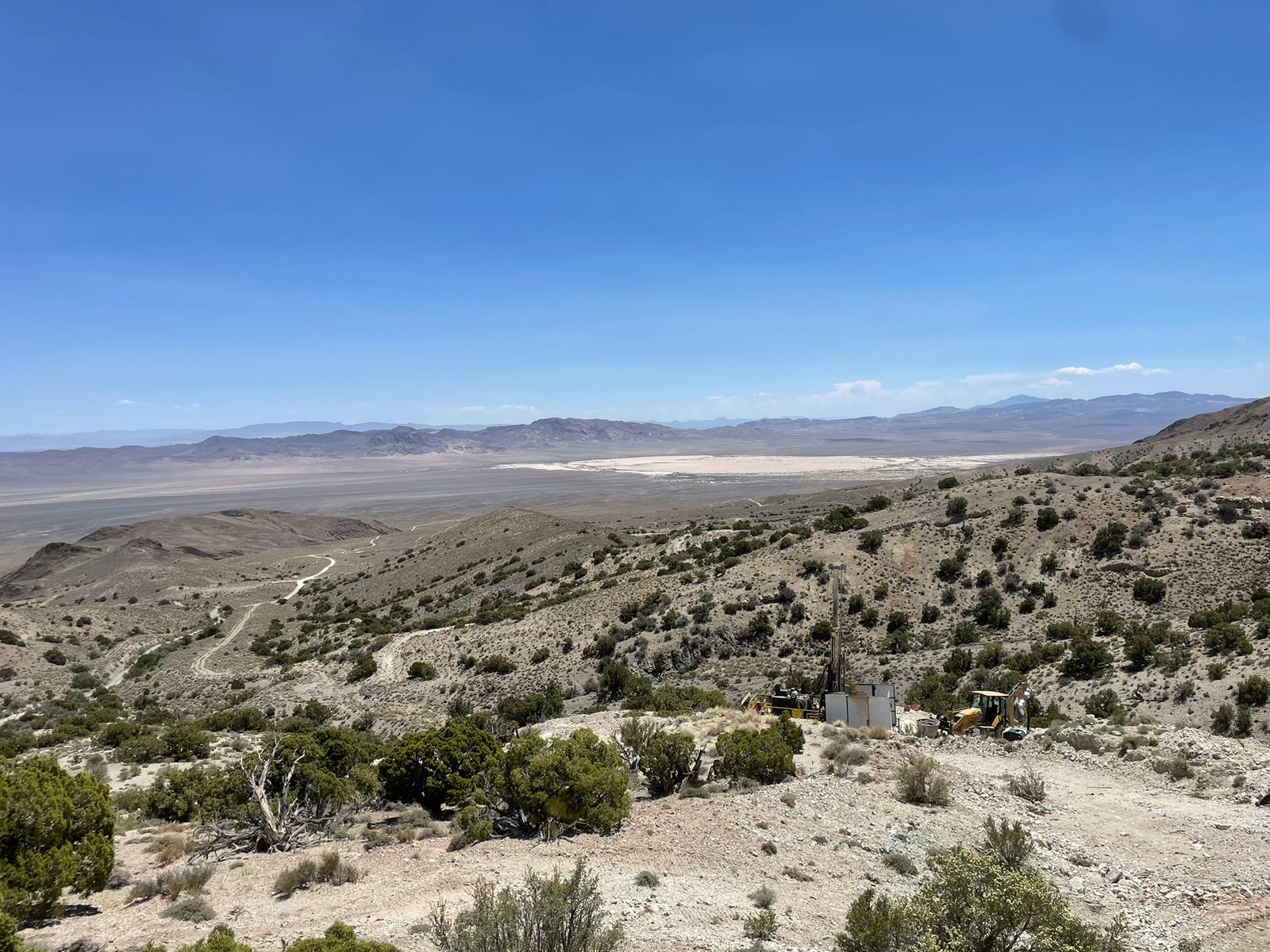Consensus forecast is for two years of stagnant copper prices

The copper price fell on Monday as unprecedented street protests in cities across China threatened to further dampen already subdued economic activity in the country responsible for more than half the world’s consumption of base metals.
Copper for delivery in March fell 1% on the Comex market in New York, touching $3.59 per pound or $7,915 per tonne. The bellwether metal is now down 27% since hitting record highs in March and a new survey of over 30 investment banks and economic research houses sees little prospect for an exit from the bear market.
FocusEconomics, a Barcelona-based independent research company, says demand for copper and industrial metals should stay fairly limp during the first half of next year “as global interest rates peak and China’s economy likely stays weighed down by the property crash and covid-19.”
The consensus forecast for average copper prices in 2023 is below current levels at around $7,660 per tonne, according to FocusEconomics with the lowest prediction at just $5,430 per tonne and the top end at an uninspiring $8,775 per tonne.
In 2024 prices are expected to average $8,000 per tonne – with the most bearish prediction pegged at below $5,000 and the highest $10,750 per tonne.
FocusEconomics quotes Goldman Sachs as saying historically low global inventories of copper could boost prices in the near term:
“Whilst we would attribute limited benefit to the expected copper end demand path next year from [Chinese economic] reopening per se, the potential for a meaningful restock to occur on confidence effects would still have a significant bullish implication given global visible stocks now stand at just under 240kt, the lowest level for this point in the year since 2006.
“We estimate that if China were to increase its stocks in consumption terms from the current 1 week to the 3 weeks seen during the immediate pre-covid era, that would boost China’s physical demand by close to 500kt next year.”
The longer term outlook is also bullish, with the Economist Intelligence Unit commenting that “underinvestment in futures projects to tighten the underlying fundamentals in the second half of the decade”:
“Although recent mine and smelter expansions have seen minimal disruptions, we maintain our view that factors such as resource nationalism and stricter environmental oversight are likely to persist in the long term, raising concerns that new mine projects and planned smelter expansions will be insufficient to meet future demand.”
{{ commodity.name }}
{{ post.title }}
{{ post.date }}

Comments